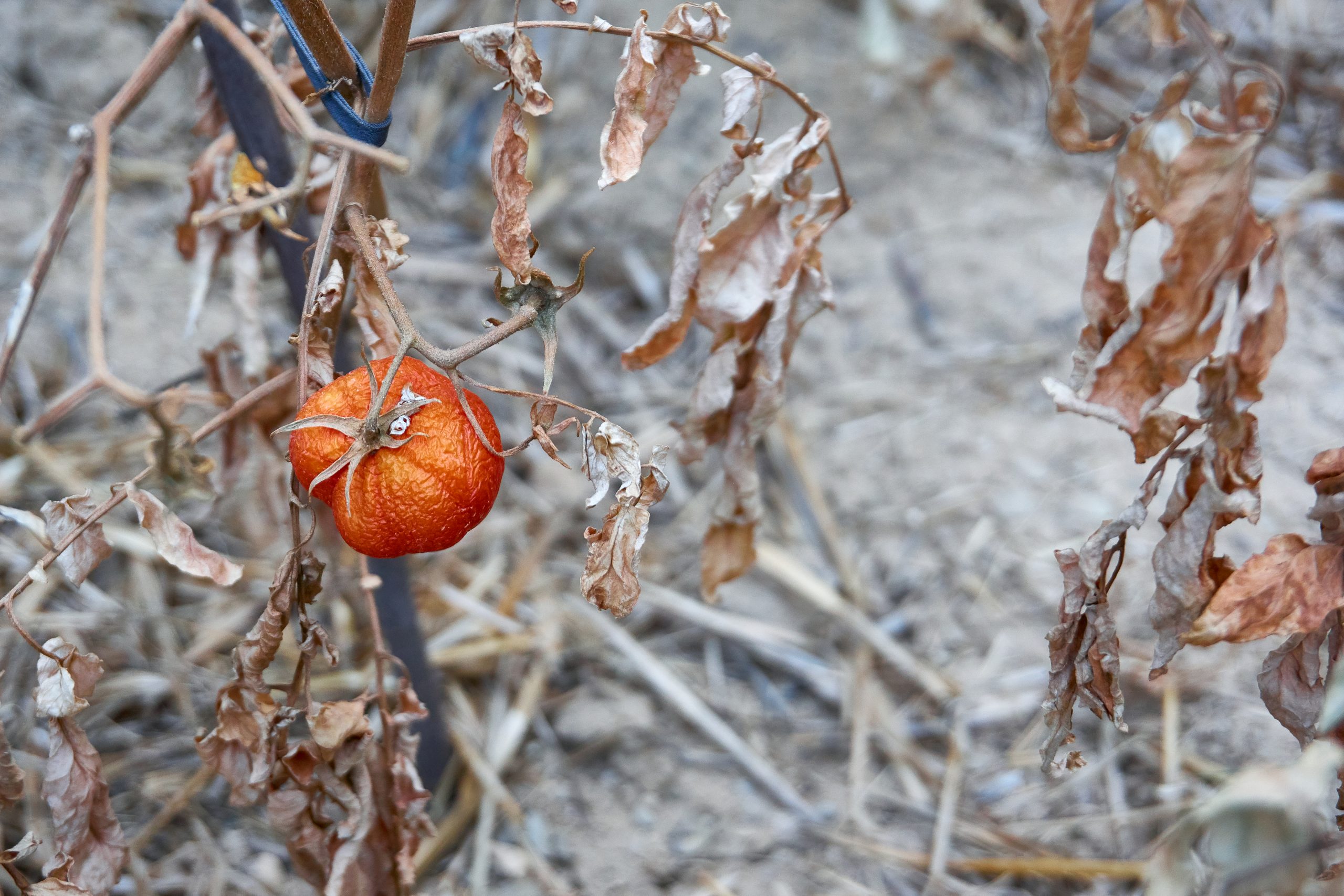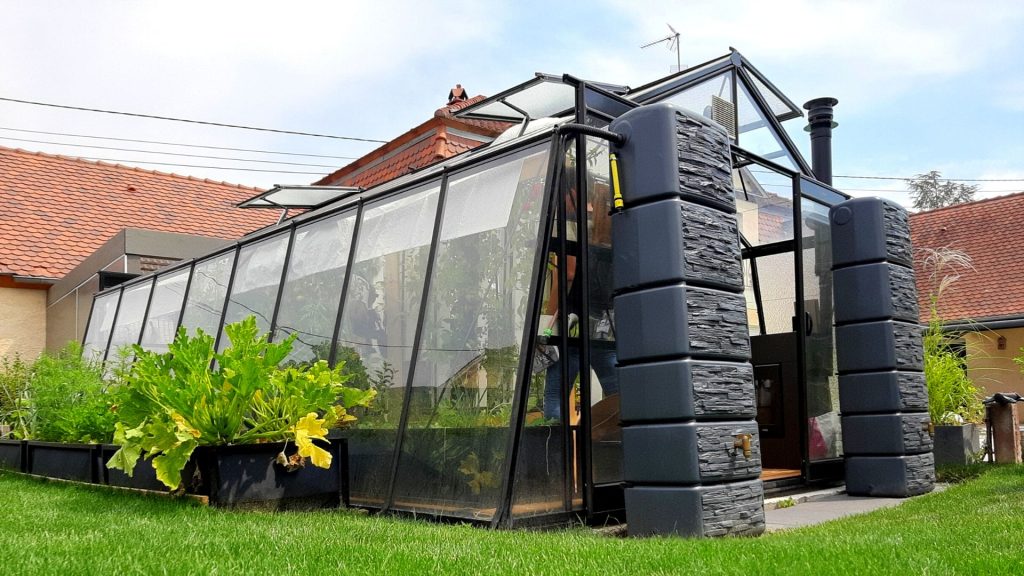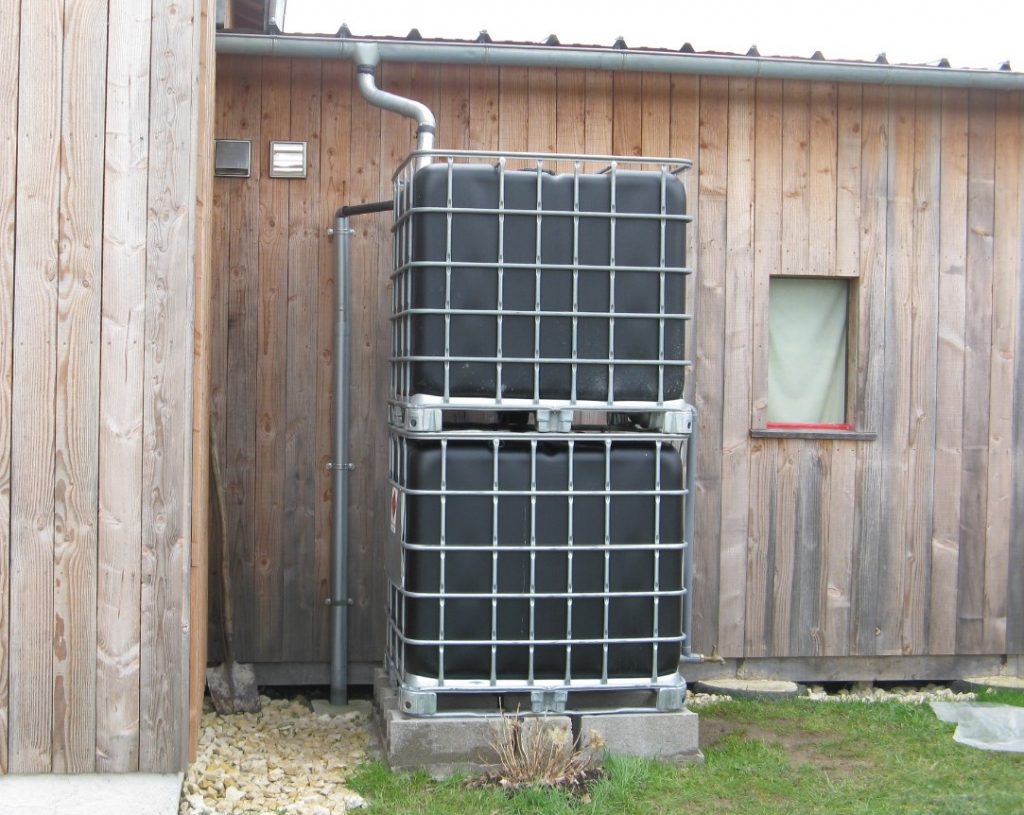“The world must prepare for a crisis of drinking water”, the United Nations warned a few days ago. Reason for this was the World Water Day. Similar to food shortages, water shortages will continue to increase. This will lead to ever greater tensions, especially in our agricultural system.
In this article we share specific solutions for your crops.

We don’t have to dwell particularly on the depths, but we have already experienced a winter drought in France. February was a month without rain. This will lead to direct effects on our crops. Because with the onset of spring, the plants and trees will already absorb all the water from the recent rains. If we experience another drought in April like last year, the consequences could be catastrophic. And it is certain that there will be increased water restrictions in the coming summers.
And if you don’t recognise the connection yet: Water shortage -> impaired agricultural yields -> reduced supply -> inflation.
Water crisis has an impact not only on agriculture, but also on gardeners. At Myfood, we have been hearing for a number of years about the difficulties households have in managing water for the vegetable garden, between droughts and water constraints. The year 2022 was very difficult for gardens and we view the coming summer with concern.
Ultimately, the hope is that this situation will open up awareness. The intention is to eliminate the prejudices against ecological soilless cultivation (biological hydroponics), especially aquaponics or bioponics (natural plant fertiliser). Yes, if you grow with an above-ground water circulation system with a natural biofilter, you save up to 90% water compared to a conventional vegetable garden. If you couple an efficient aquaponics system with a rainwater harvesting module, you can produce all summer without adding a single drop from the water network.
If you still have prejudices against this type of cultivation, especially concerning the taste, we recommend the article: Soil-less crops: do they taste good?
For a typical user of a Family22 greenhouse, we achieve a yield with aquaponics equivalent to a 100 m² vegetable garden. All it takes is two 300L tanks at the greenhouse and one 1000L IBC tank at the house (depending on the region). This allows independence from water restrictions and is not affected by droughts. Not to mention the equipment (professional shade cloth) that consistently limits the drying out of the plants.
If you haven’t thought about your strategy for managing water in your home and vegetable garden, now is the time. The techniques for optimised water management are explained in detail below.
The distinctive feature of outdoor cultivation (horticulture or vegetable growing) is that water is distributed on the surface of the earth by sprinkling. The figure will certainly surprise you, but in metropolitan France, an average of 512 billion cubic metres of water fall each year, with two-thirds (60%) returning to the atmosphere via evaporation of vegetation and soil.
And of course, the warmer it is, the faster the water evaporates and the less the roots can benefit from watering. For this reason, it is also highly recommended to water the garden very early in the morning in summer. Of course, this is impractical when you have to get the children dressed and ready for work😰.
Besides all the benefits in terms of use, nutrition and environment of soilless organic farming (aquaponics, bioponics), the optimisation of water resources is probably the most obvious advantage. The technical principle is quite simple to understand:
The water is stored in basins, pre-filtered to retain only the diluted organic fertilisers (fish or plant fertiliser), then distributed in vertical columns and the water falls back into the basins. In this cycle there is very little contact with the air and possibilities for evaporation. The greenhouse has a professional shading fabric that limits the greenhouse effect and, above all, shades the crops to avoid direct sunlight. In addition, the ponds are covered with shade panels (which, by the way, are also good for fish). They limit evaporation even more. And the water filtered by the roots of the plants is returned to the cycle in an ultra-optimised way.
Result: 85 to 90 % less water consumption than a vegetable garden irrigated in the conventional way.
We are often asked the question: Do you have to change the water from time to time, like in an aquarium? Thanks to the plants, which act as biofilters, you don’t. You simply have to refill water at the rhythm of water consumption. The consumption for a Family22 greenhouse is on average about 1000 L per year.To make the right choice between aquaponics and bioponics, read our article on the subject: Aquaponics or bioponics: making the right choice
The water supply for the ponds should preferably be rainwater or 2/3 osmosis water. This is because the pH value must be kept constant for aquaponics culture. In addition, the water hardness must be controlled.
Determine the carbonate hardness (KH) of the water using a test strip or a drop test. Ideally, the hardness should be kept between 4 and 5° KH.
| Type of water | Carbonate hardness KH Average |
| Osmosis water | 3°d |
| Rainwater (stored in plastic tanks) | 4°d |
| Tap water | 12 à 14°d |
| Rainwater (stored in concrete tank) | 15°d |
| Lime water | 15°d |
| Water from a well / borehole | >20°d |
The best combination for this is 2/3 soft water (KH<5°d) = rainwater or osmosis water and 1/3 hard water = tap water.
More information on water management in the greenhouse: https://wiki.myfood.eu/docs/remplir-les-bassins
Note that the water collection channels are integrated directly into the shape of the profiles of the Family22 greenhouse. All that needs to be added is a collection system, such as a vertical collection tank. The integrated water collection module allows 2x300L of rainwater to be collected: Link to shop.

Not everything is grown in the greenhouse in aquaponics. Root vegetables (carrots, PDT) and large fruiting vegetables (ox heart tomatoes, courgettes) are recommended in permaculture containers.
A vegetable bed or raised bed in a greenhouse would normally need to be watered daily, resulting in a high water demand due to evaporation. The innovation of the permaculture boxes we offer at Myfood is based on the technique of underwater irrigation. The containers need to be filled every one to two weeks in summer and once a month in winter. The water constantly rises into the soil through capillary action and provides water for the roots to drink from underneath.
In addition, the container is supplied with a BRF mulch. To further limit evaporation, this can be renewed in the following years. Either with BRF, straw or hay (dried lawn cuttings).

In warmer regions, especially in the second half of southern France, it is recommended to increase the capacity. Since there is always a risk of hot periods, it may make sense to invest in a 1000-litre holding tank (IBC type). These tanks may look less aesthetically pleasing, but they are the reference in terms of function. They are often used in industry to transport chemicals, but make sure you buy them new. Expect to pay around €300 per tank.
There are different techniques for the connection. Ready-made kits are easy to find on the internet. Make sure you plan for an overflow outlet, especially if your roof is large. In heavy rain, the tanks can fill up quickly.
Tip: Plan an elevated installation or an installation with a booster pump, especially if your greenhouse/vegetable garden is far from the tank. After all, you need enough pressure for the outlet.
We can recommend this interesting forum on water harvesting: Forum Facebook
